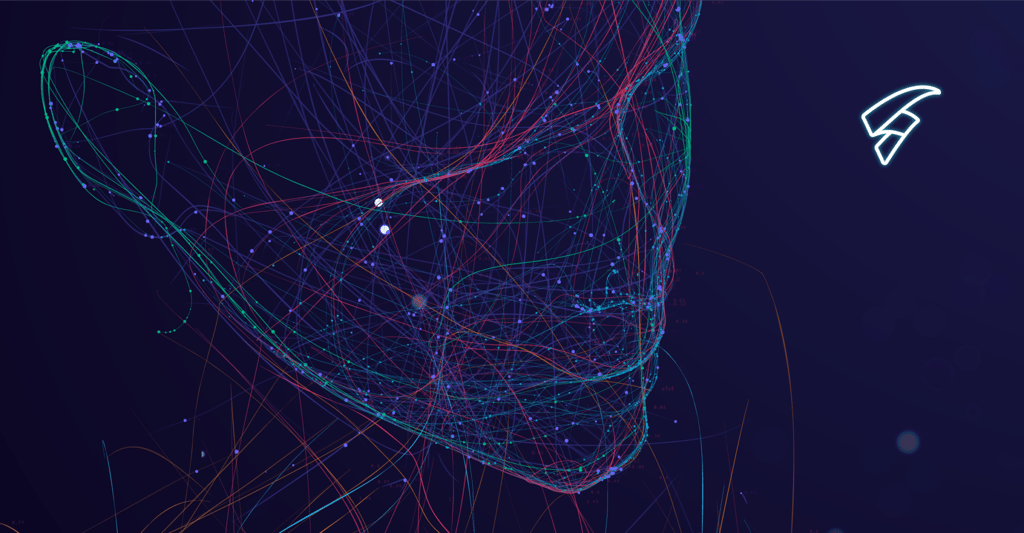What is Artificial Intelligence and what is it for? (AI)

What is Artificial Intelligence?
IBM defines artificial intelligence as the ability of computers and machines to mimic the problem-solving and decision-making capabilities of the human mind.
How do we achieve this? And how do we see it applied in daily life?
How could this tool impact organizations?
We are going to explore some examples, and dig deeper into what artificial intelligence means and what is really behind it.
AI – Artificial Intelligence
This term has its origins in 1950 when Alan Turing, the father of computing, asked himself: can machines think?
From this, Turing proposes the famous test ‘Turing Test’.
This test shows that a machine has managed to develop human intelligence if a person, an interviewer, manages to talk to it without knowing that it is a machine. That is, as a human you think that you are talking to another human.
However, artificial intelligence has become a general term that includes different application methodologies that perform complex tasks.
Task which previously required human intervention.
Examples
- Answering questions to our clients
- Playing against an opponent
- Validating a person’s identity
- Giving diagnoses in the medical area
- Driving.
Using these technologies, computers are trained
to perform specific tasks using large amounts of data
and recognizing patterns within them.
Aspects surrounding Artificial Intelligence
Along with the term artificial intelligence, you will have also heard others such as Machine Learning and Deep Learning, but how are they different?
Basically, every deep learning application is also a machine learning application, but not every machine learning application is also a deep learning application.
Machine learning is an application of artificial intelligence that includes algorithms that analyze data, learn from that data, and then apply what they have learned to make informed decisions.
Deep learning is basically the evolution of machine learning. In it, neural networks (more complex functions) are used, allowing to increase the precision of the model and therefore its response accuracy.
Resuming, the field of AI combines computational science and robust data sets to solve problems.
Curious fact!
Despite not being a very recent term, artificial intelligence has had a great heyday nowadays because we are in the era of data.
We have large amounts of information that feed and make these systems more efficient and accurate.
As a consequence, artificial intelligence has a wide spectrum of application, linked to the origin of its data, since we can think of data as images, sound, text, figures, etc.
This is a tool that does not seek to replace people
but significantly improve their capabilities,
therefore, it becomes a very valuable business asset.
How does Artificial Intelligence impact companies?
It has the ability to improve the performance and productivity of organizations.
All of it through the automation of processes or tasks that normally require human intervention.
AI also helps us make sense of data and find answers for decision-making (a field that is intertwined with data science).
Example
Netflix, which uses machine learning to generate recommendations.
With this, Netflix managed to increase its customers by more than 25% in 2017.
Artificial intelligence also has applications in industry such as the use of transactional and demographic data to predict how much certain customers will spend relative to a company.
In addition, it can predict price optimization based on customer behavior and preferences, as well as the use of medical images for the diagnosis of different diseases.
Current data
Currently, according to the Harvard Business Review, companies use artificial intelligence mainly to:
- Detect and deter security intrusions (44%)
- Solve user technology problems (41%)
- Reduce the work of production management (34%)
- Measure internal compliance in the use of approved vendors (34%)
Real-life example of Artificial Intelligence
Some real-life examples that we can find are virtual assistants.
Which use natural language patterns to understand our questions, give them meaning and be able to generate an answer that fits.
Within them we find Siri from Apple, Alexa from Amazon and Cortana from Microsoft.
We also find AI in the face detection of our mobiles, facial filters in social networks, and content recommendation systems, such as on YouTube or Facebook.
However, Artificial Intelligence (AI) has made its way into many other fields of industry, not just business, medical, and personal assistants.
It has also made its way in the agricultural and environmental area through different resources such as satellite images.
Which can be helpful predicting more favorable conditions and land for crops, combating deforestation or detecting leaks in oil pipelines.
Finally, we can also find artificial intelligence in the finance area, to detect fraud or advise operations to your clients.
As well as in the transportation area, where it can be used to optimize traffic.
AI for thriving organizations
These are some of the reasons why AI represents a great tool for organizations nowadays.
Since it offers help for decision-making, optimization of processes and resources, which as a consequence can have a positive economic impact within the company.
If you want to know more about artificial intelligence and how it can be useful for your organization, write to us.
We walk with you through this process.
Related blogs:
What is digital transformation and how to implement it
The power of web accessibility
Web performance: meaning and importance
Benefits of a Mobile App for your Organization





